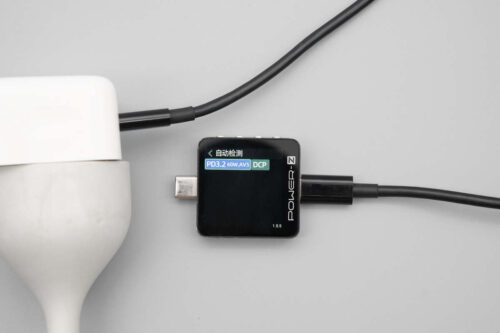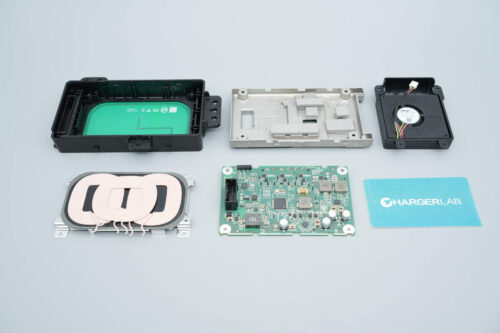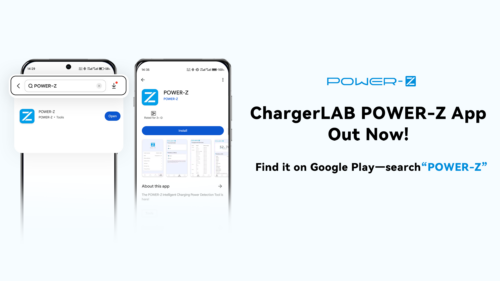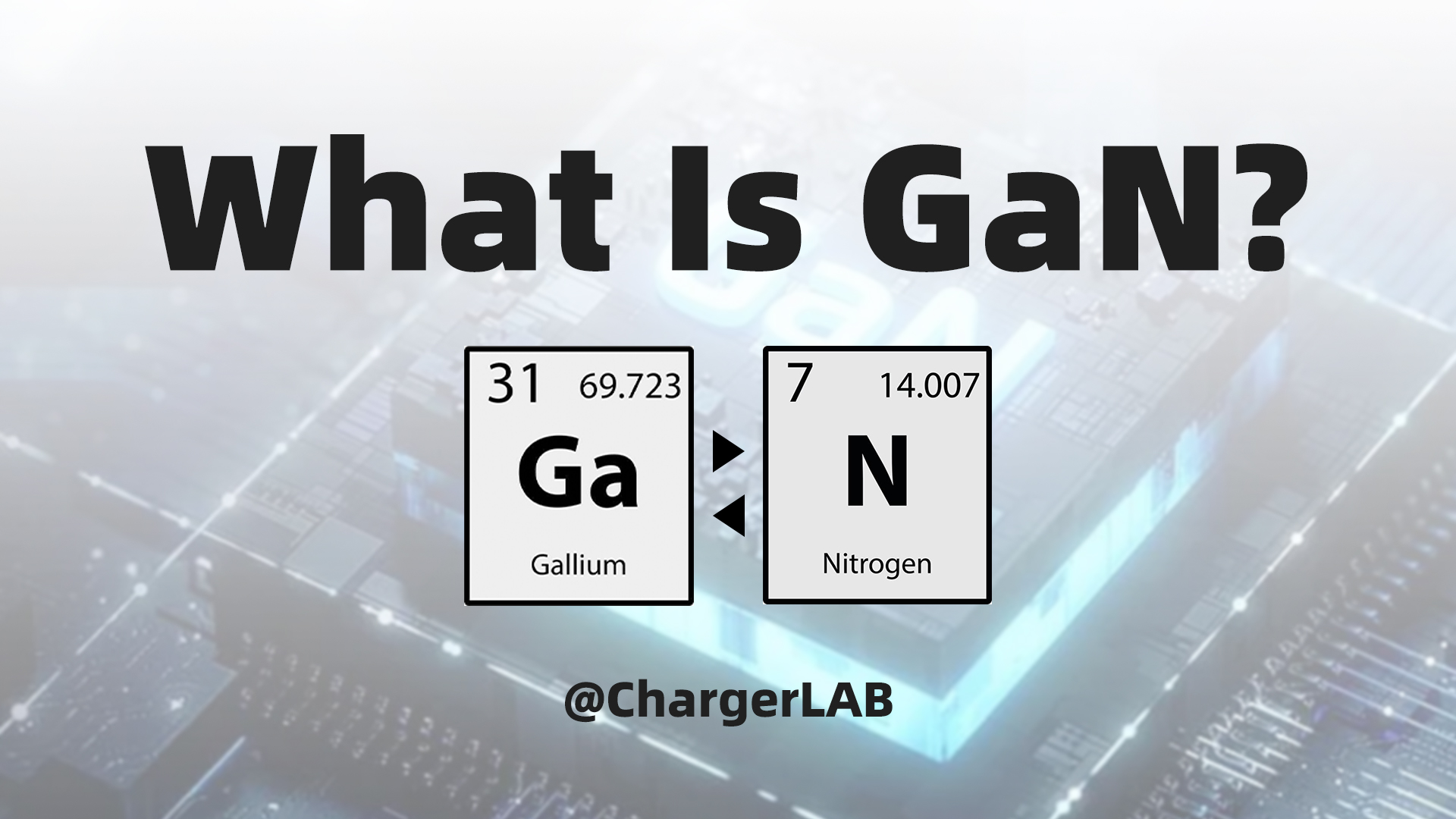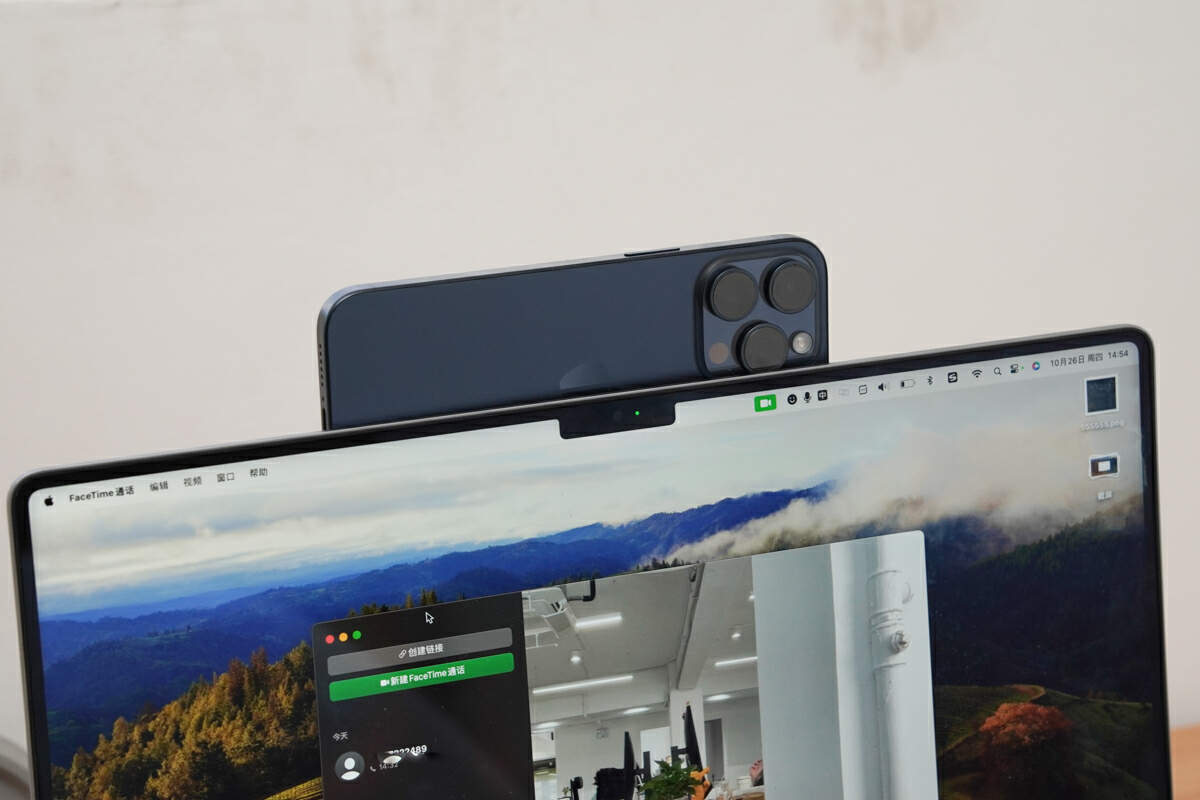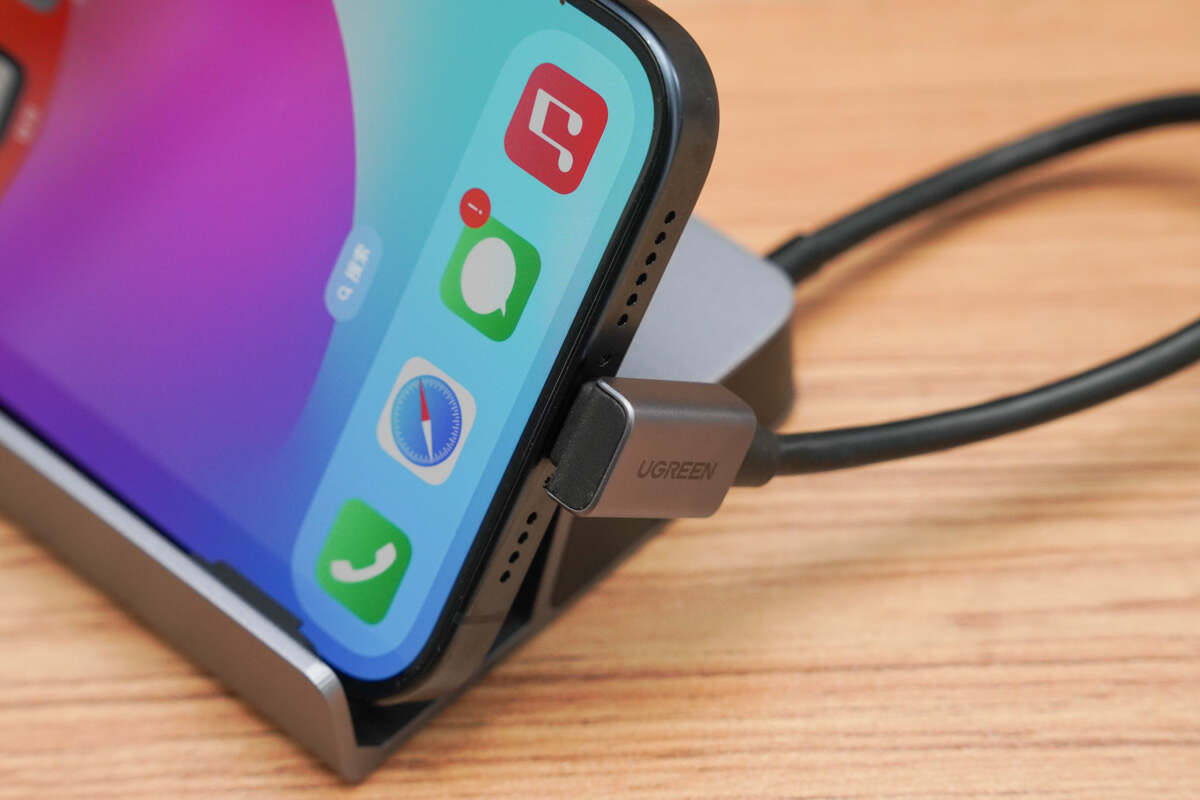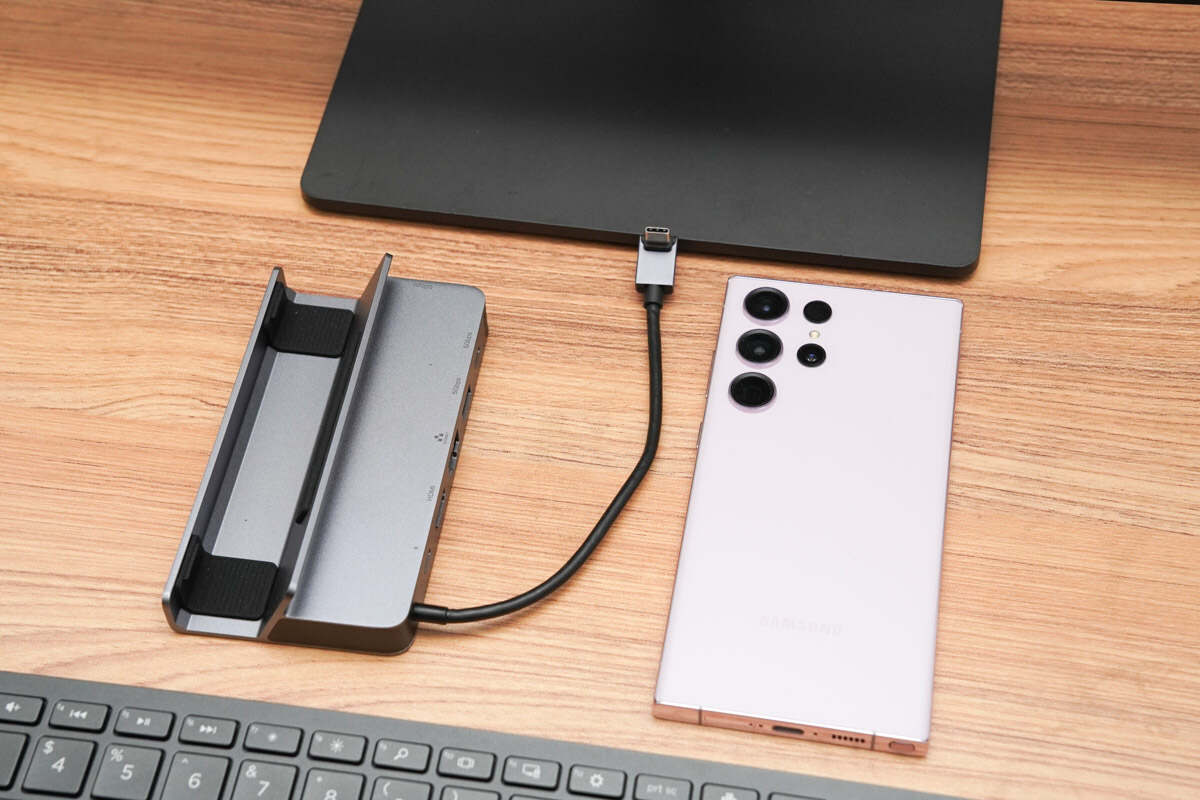Introduction
Recently, with the release of the iPhone 17 series and the launch of the new 40W Dynamic Power Adapter priced at $39.00, a wave of discussions has emerged in the tech world regarding the "AVS" protocol supported by the charger.
Does the iPhone 17 series support this new protocol? Is it necessary to purchase this charger in order to experience faster charging? In this article, we will provide a detailed explanation of Apple's new 40W Dynamic Power Adapter and the "AVS" protocol, while also addressing common charging-related questions for the iPhone 17 series.
Introduction and Origin of the AVS Protocol
AVS (Adjustable Voltage Supply) is an adjustable voltage output mechanism introduced by USB-IF as part of the Extended Power Range (EPR) in the USB Power Delivery (USB PD) 3.1 specification.

Under the USB PD 3.0 specification released in 2017, the PD standard only supported fixed voltage levels and the PPS (Programmable Power Supply) mechanism. PPS allows for voltage adjustments in the range of 5-20V with 20mV steps and current adjustments in 50mA steps.

The USB PD 3.1 specification, released in 2019, not only continued to support the PPS (Programmable Power Supply) mechanism but also introduced the EPR (Extended Power Range) mode. This mode enables higher fixed voltage outputs of 28V, 36V, and 48V, while incorporating AVS (Adjustable Voltage Supply), also known as EPR AVS. AVS allows for fine voltage adjustments in the range of 15-48V with 100mV steps.
The latest USB PD 3.2 specification, released in 2024, expands the AVS adjustable voltage supply to a standard power range of up to 100W. This version, referred to as SPR AVS, enables precise voltage adjustments within the 9-20V range, also with 100mV step increments.
Differences Between PD 3.1 EPR AVS, PD 3.2 SPR AVS, and PD 3.0 PPS
The main differences between PD 3.0 PPS, PD 3.1 EPR AVS, and PD 3.2 SPR AVS lie in voltage range, adjustment precision, application scenarios, and power delivery modes.
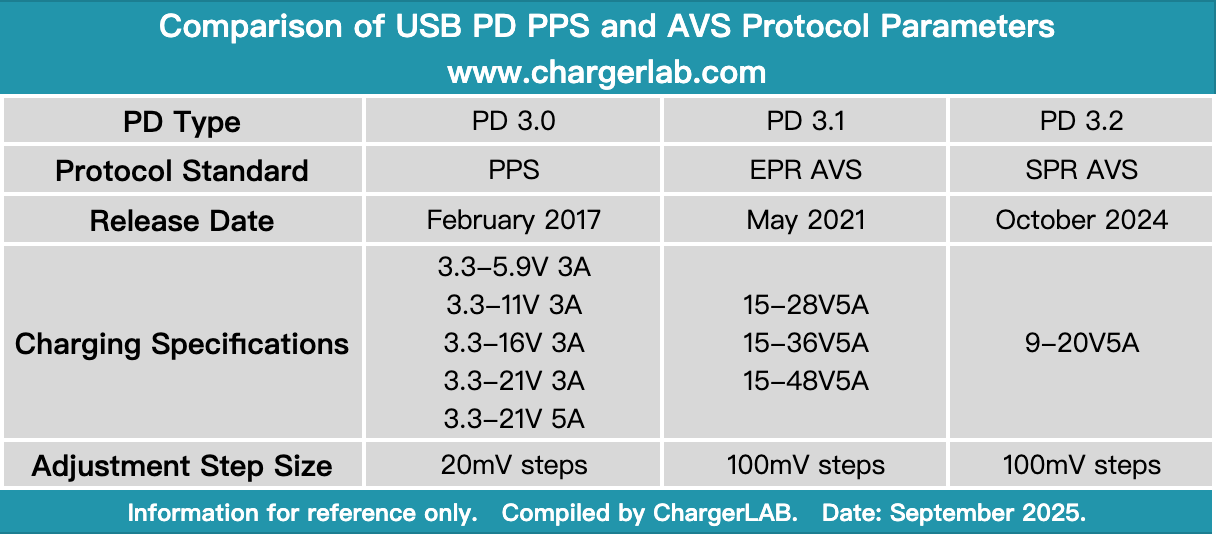
During the PD 3.0 era, PPS (Programmable Power Supply) was designed as a dynamic output mechanism for mid- to low-power devices such as smartphones. It allows voltage adjustments within the 5-20V range in 20mV steps and current adjustments in 50mA steps, enabling chargers to finely tune output voltage in real time according to battery voltage, achieving efficient direct charging.
With the introduction of PD 3.1, the EPR (Extended Power Range) mode and AVS (Adjustable Voltage Supply) protocol were introduced, expanding output capabilities to 15-48V and up to 240W. EPR AVS supports voltage adjustments in 100mV increments and is primarily aimed at high-power devices like laptops, providing stable and efficient high-voltage output to reduce conversion losses.
In the latest PD 3.2 specification, AVS has been extended to the Standard Power Range (SPR), creating PD 3.2 SPR AVS, which is designed for devices under 100W, such as tablets and smartphones for fast charging. It retains AVS’s fine voltage adjustment capability but narrows the voltage range to 9-20V.
It is important to highlight that while PPS offers finer 20mV voltage steps and current adjustment on paper, this level of precision often proves unstable in real-world conditions. Factors such as cable loss, contact resistance, and voltage ripple typically exceed 20mV, rendering the theoretical advantages of PPS difficult to realize in practice.
More critically, PPS suffers from a "power cliff" phenomenon in its power delivery model: at lower voltages, current is limited, causing total output power to drop sharply and significantly reducing fast charging efficiency.
In contrast, AVS uses 100mV step increments, which are sufficient for matching battery voltage requirements while providing better resilience against real-world electrical noise. Its constant current output design also avoids the power drop issues seen with PPS, resulting in a more consistent and engineering-intuitive charging experience.
Technical Principles of the AVS Protocol
The AVS protocol operates as a “real-time adjustable power delivery channel.” During PD communication, the device (Sink) and the charger (Source) first complete a capability negotiation via the CC (Configuration Channel) signal. The Sink sends a Request AVS message to the Source, specifying the desired voltage, current, and other target parameters. Once the Source acknowledges the request, it enters AVS mode, in which the output voltage is no longer fixed but can be continuously adjusted within the supported range.

During operation, the Sink continuously monitors input parameters such as voltage, current, power, and temperature, and uses AVS Adjust commands to dynamically fine-tune the charger’s output voltage. This mechanism effectively gives the charger a "demand-responsive" capability.
Internally, a digital control chip in the Source adjusts the behavior of the DC-DC converter based on feedback signals, enabling millisecond-level voltage changes. As a result, the charging curve closely follows the real-time needs of the device, optimizing efficiency and thermal performance throughout the charging process.
AVS Charger Case Studies: Apple 140W and 40W Power Adapters

Apple's first 140W USB-C Power Adapter (model A2452) was released in 2021 alongside the 16-inch MacBook Pro. This adapter supports the USB PD 3.1 EPR specification and features an AVS adjustable voltage range of 15–28V, with a maximum output power of 140W.
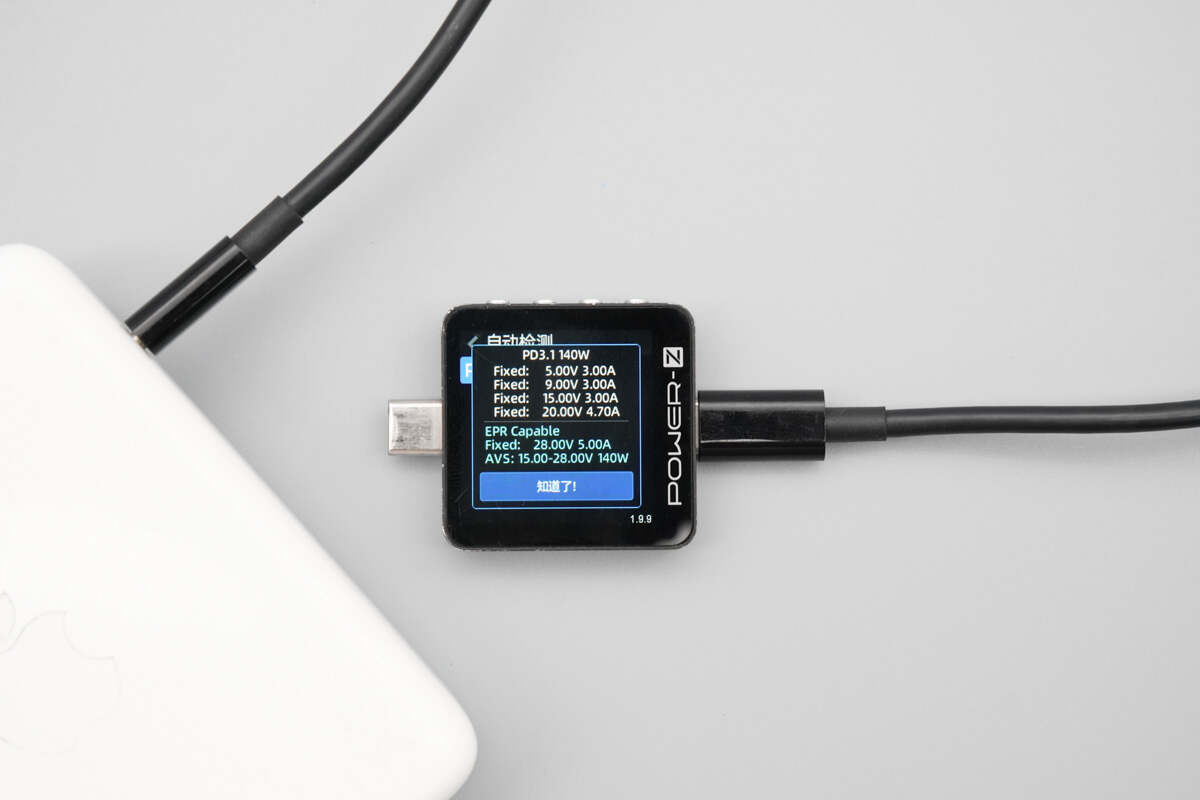
This means that during charging, the adapter can dynamically adjust its output voltage up to 28V to meet the power demands of high-performance laptops. According to official information, this adapter can charge a MacBook Pro to approximately 50% battery capacity in about 30 minutes.

Apple's latest 40W Dynamic Power Adapter supports USB PD 3.2 SPR AVS technology. According to the specifications, this adapter delivers a nominal output of 40W, with a peak output of up to 60W. It can adjust the output voltage within the 9–20V range in 100mV increments, providing more precise and efficient charging.
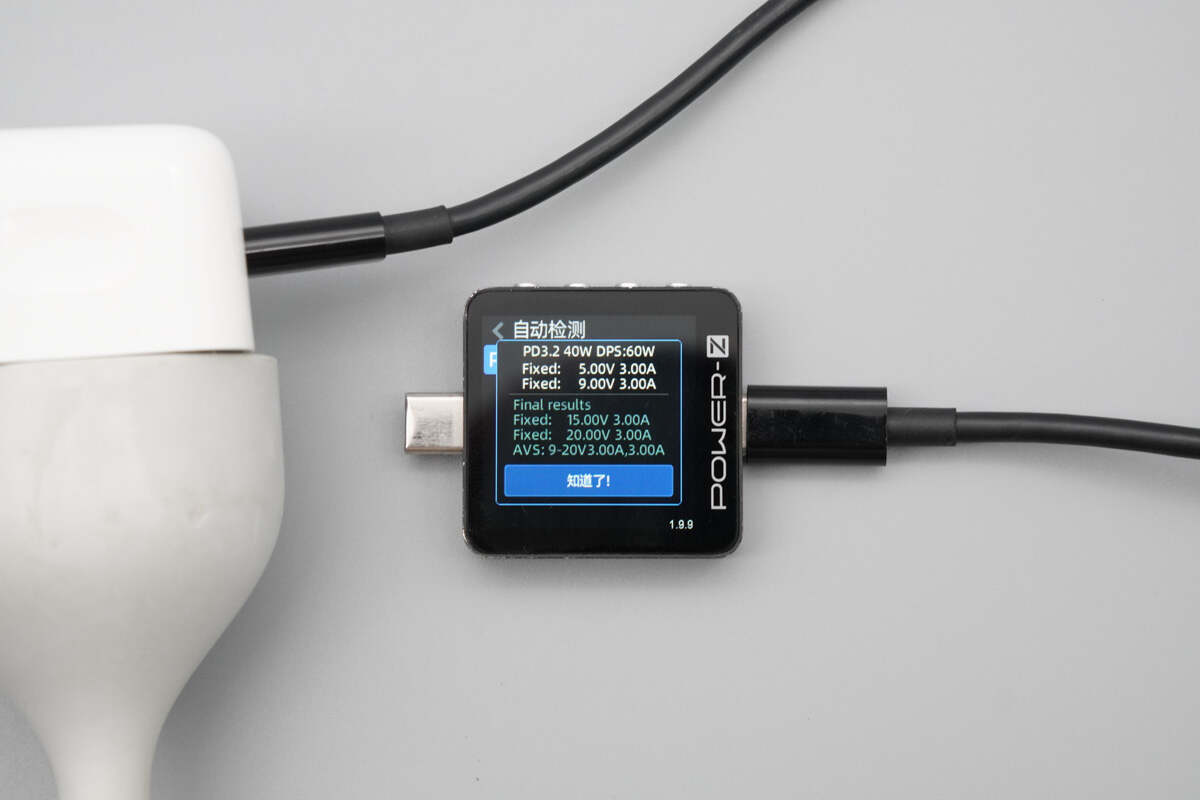
Thanks to the AVS adjustable voltage mechanism, the charger can precisely control the output voltage to the ideal level based on the device's needs. This enhances power conversion efficiency and reduces heat generation, ensuring a more efficient and thermally optimized charging process.

Looking at the charging curve of the iPhone 17 Pro, it appears that these models do not yet support the PD 3.2 SPR AVS protocol used by Apple's new 40W Dynamic Power Adapter. In other words, the iPhone 17 series continues to rely on the fast charging solutions from previous generations of the PD protocol. However, it is possible that Apple may gradually enable support for the new protocol through OTA updates in the future.
Apple does not rely on proprietary protocols to implement high-power fast charging but instead promotes an open standard adopted by USB-IF. This approach not only avoids ecosystem fragmentation but also enables third-party accessory manufacturers to easily follow suit, ultimately benefiting the entire supply chain and consumers.
The deeper significance lies in how Apple, through the influence of the iPhone, is driving the entire industry toward a more efficient and unified fast charging standard. SPR AVS not only addresses the historical shortcomings of PPS but also provides a solution for future smartphones, tablets, and laptops that balances speed, thermal control, and compatibility.
How to Test if a Charger Supports AVS
Currently, in addition to Apple's 40W Dynamic Power Adapter, there are also chargers such as the Google 67W dual-port charger and multiple CANDYSIGN chargers that support the SPR AVS protocol.

Currently, there are solutions available on the market that use data cables with integrated main control/protocol chips, enabling chargers that originally do not support SPR AVS or even PPS protocols to become compatible with these standards.
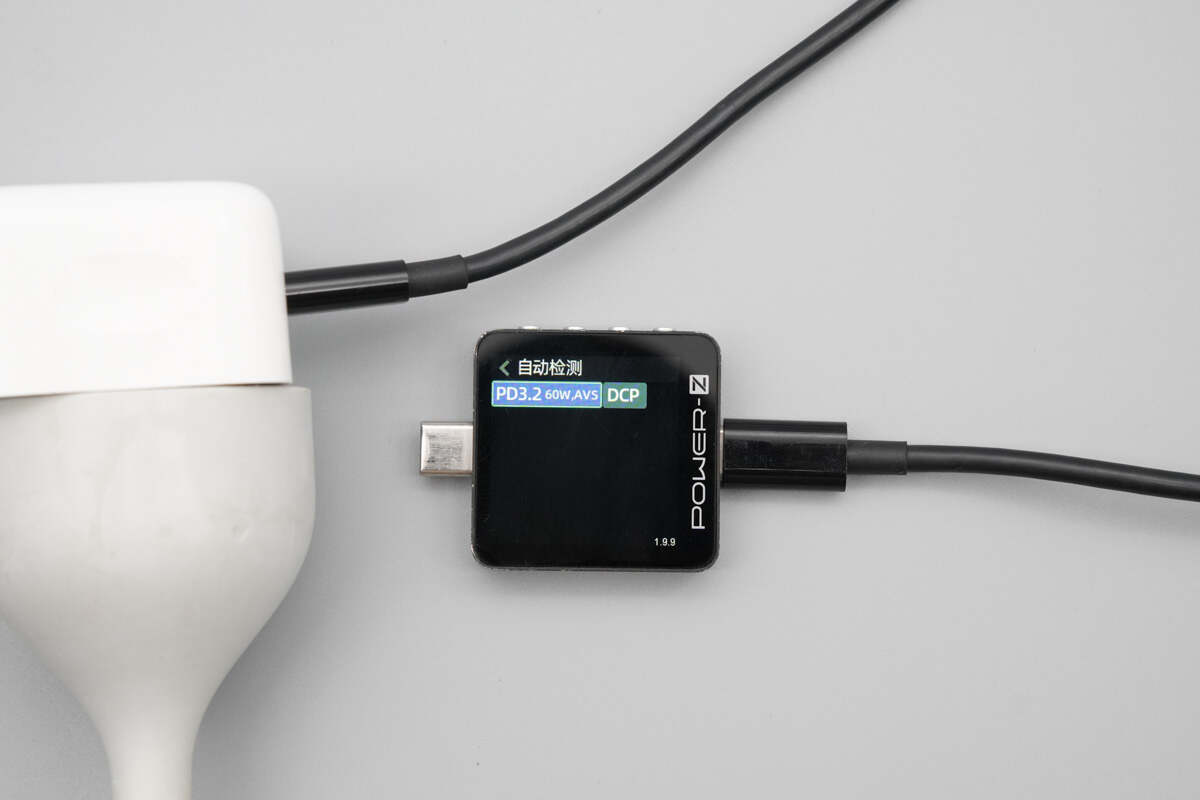
The POWER-Z KM003C protocol tester, after updating to the latest firmware version, now supports the detection of both PD 3.2 and SPR AVS protocols, making it easier to check which charging protocols are supported by the charger being tested.
Summary of ChargerLAB
The introduction of the AVS (Adjustable Voltage Supply) protocol marks a new phase in the USB PD fast charging standard, one that is smarter and more efficient. From the early PD 3.0 PPS to PD 3.1 EPR AVS, and now to the latest PD 3.2 SPR AVS, the range and precision of voltage regulation have been continuously improved. Chargers can now fine-tune the output voltage in small increments in real-time, ensuring stable power delivery and optimized energy efficiency.
Unlike traditional fixed-step charging, AVS allows power supplies to feature "dynamic power delivery," enabling faster charging with lower heat generation and reduced energy loss.
Currently, brands like Apple and Google have taken the lead in integrating AVS technology into their high-end chargers. For example, Apple's 140W charger supports PD 3.1 EPR AVS, while the latest 40W Dynamic Power Adapter supports PD 3.2 SPR AVS, allowing precise voltage adjustment in 100mV steps within the 9–20V range. Although the iPhone 17 series does not yet support SPR AVS, the widespread adoption of this protocol indicates that future smartphones, tablets, and even laptops will enter the era of "adaptive fast charging," bringing a new direction for the entire charging ecosystem's technological evolution.
Related Articles:
1. Complete PD 3.2 SPR AVS Specification (Including Full USB PD Protocol) – Download
2. Apple iPhone 17 Series Debuts With 40W Dynamic Power Adapter and PD 3.2 AVS Fast Charging

